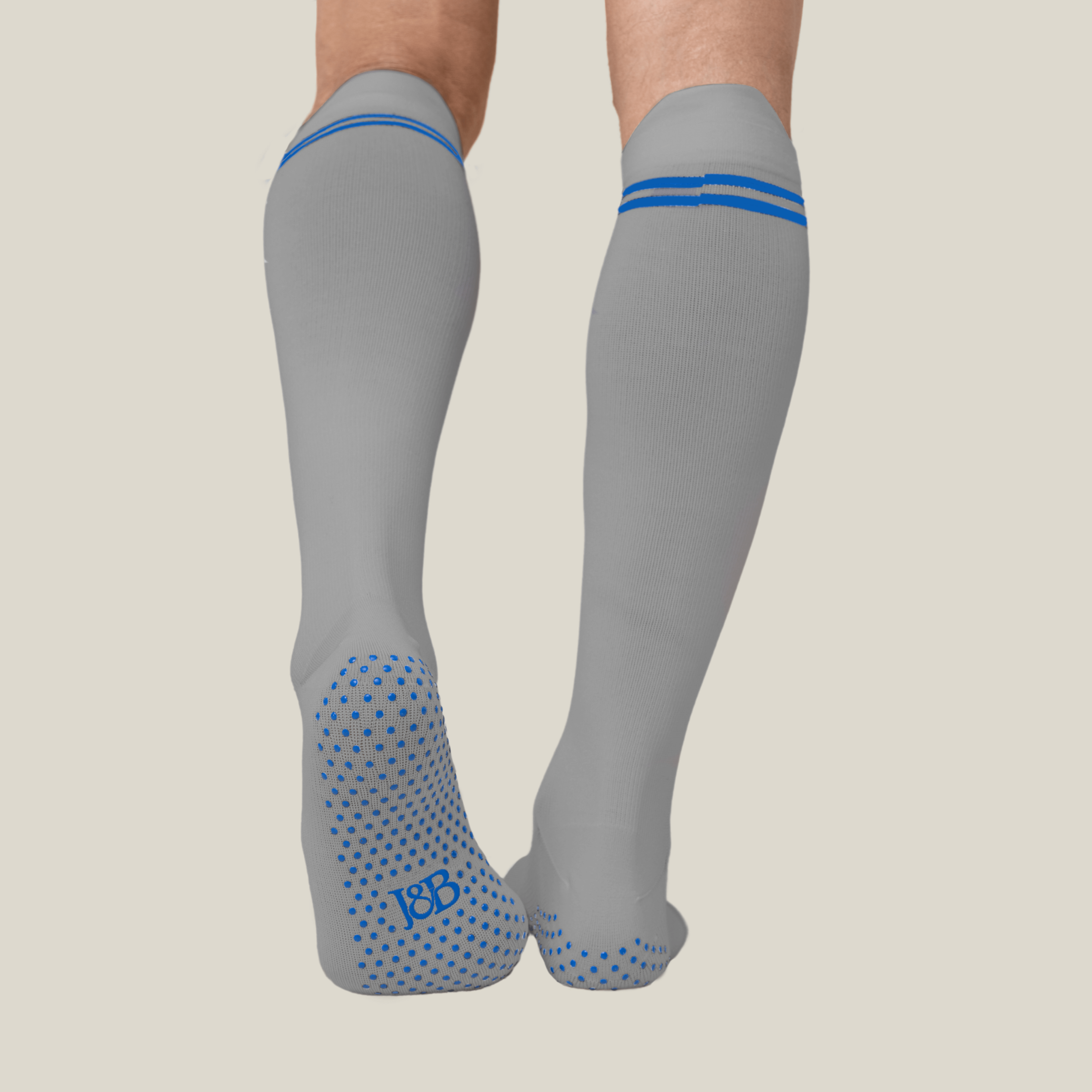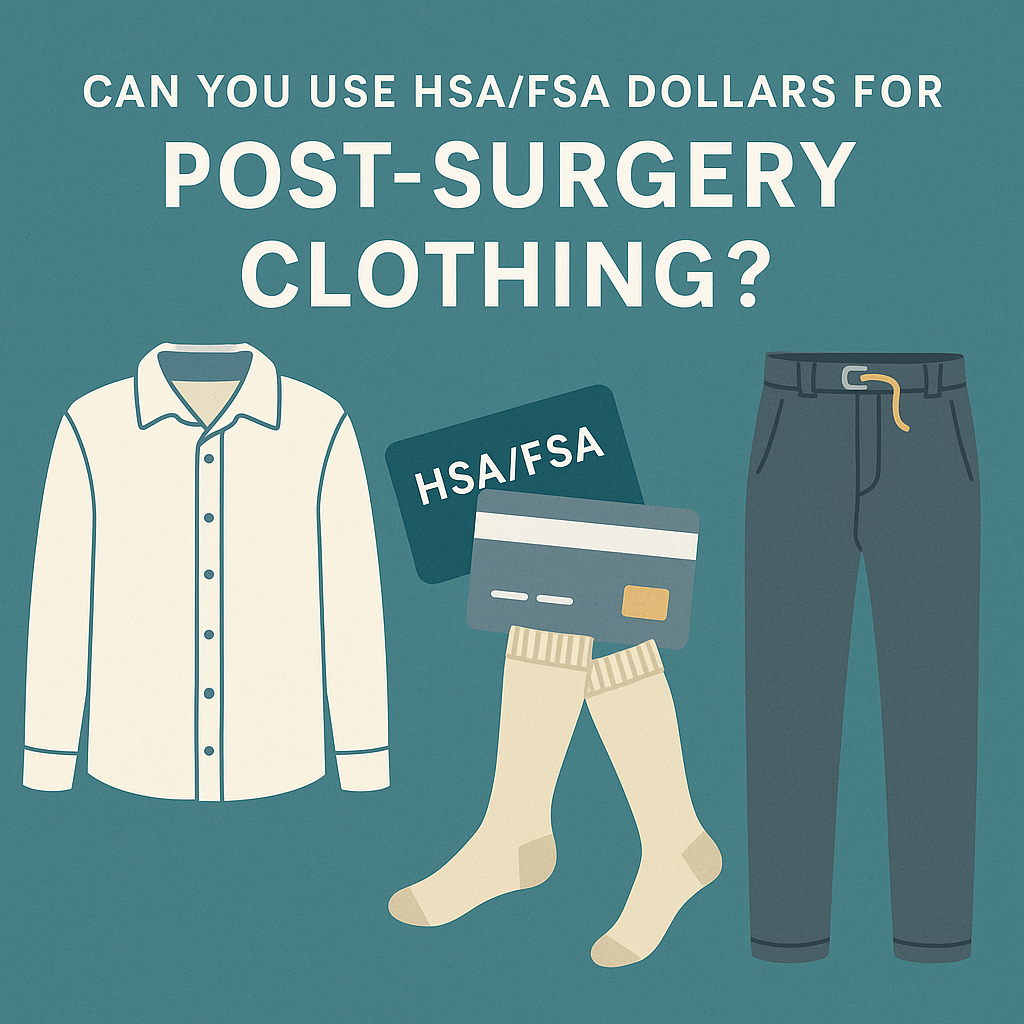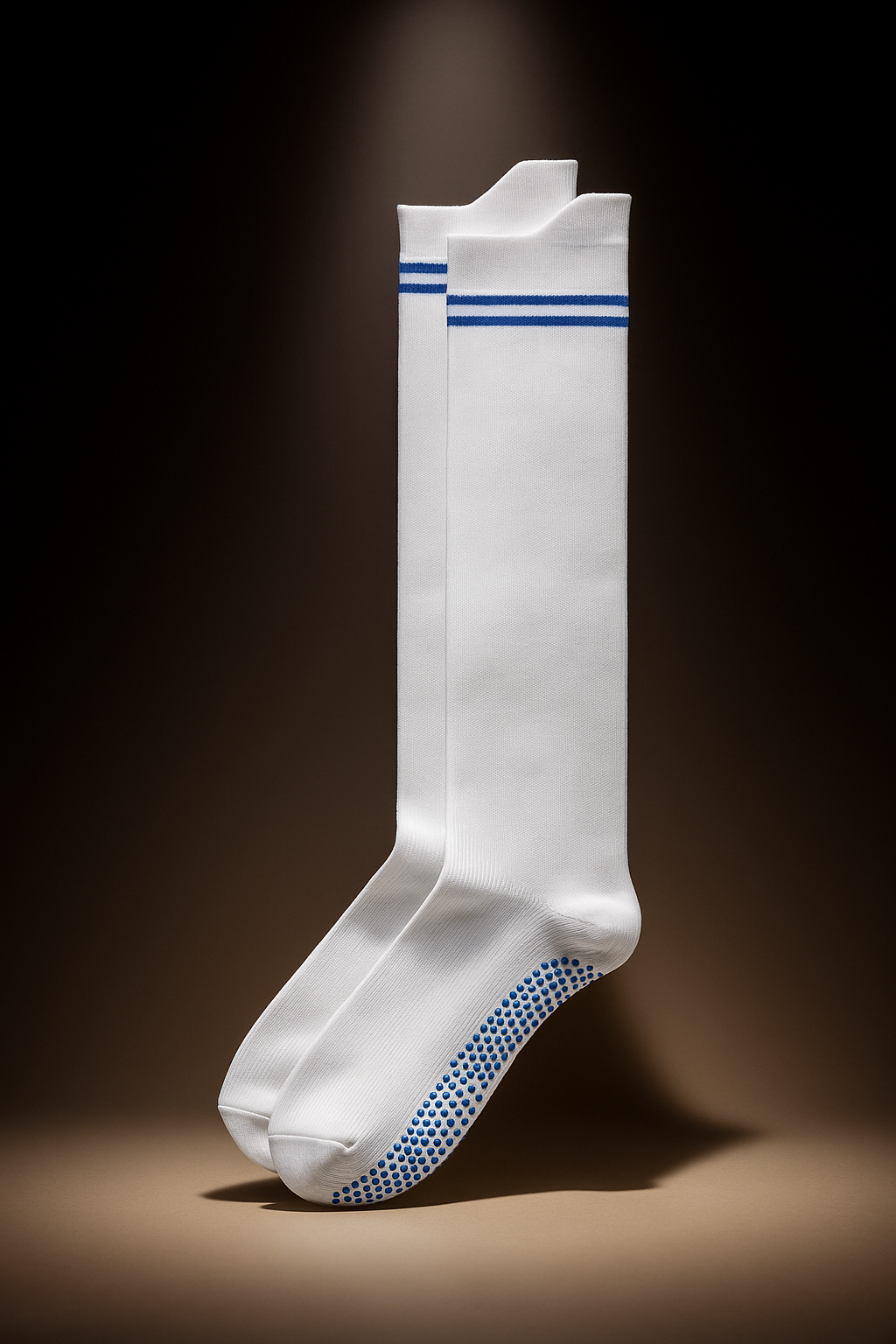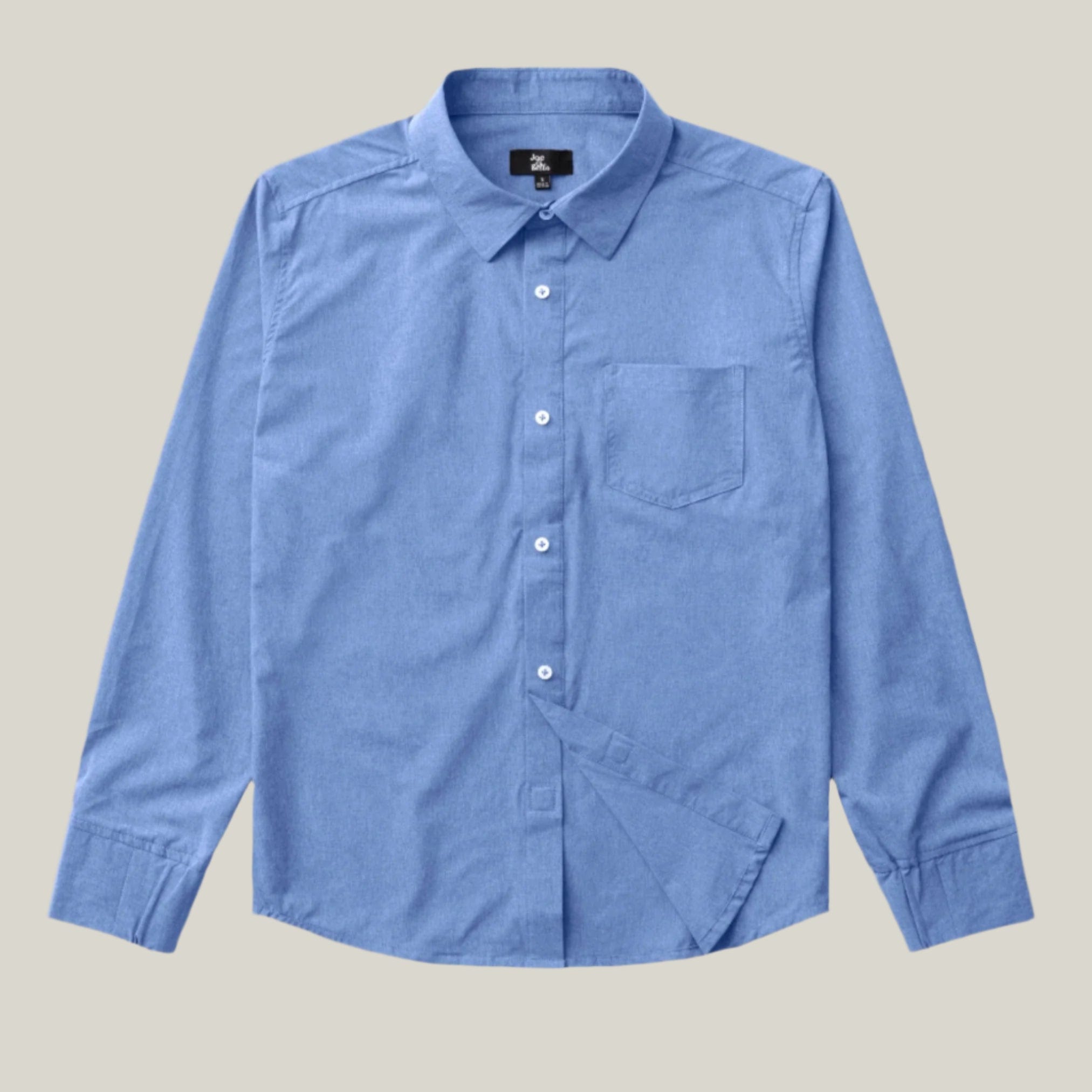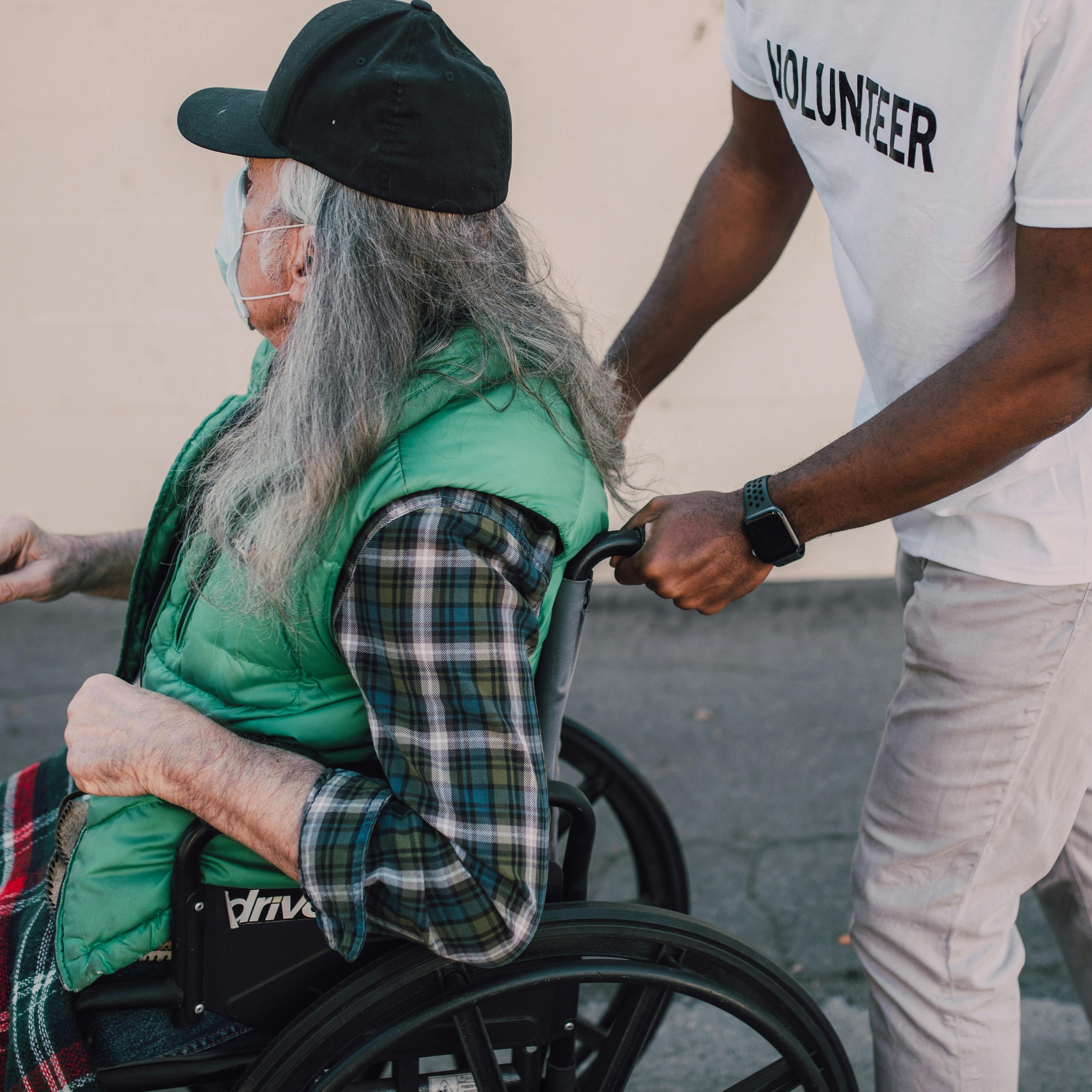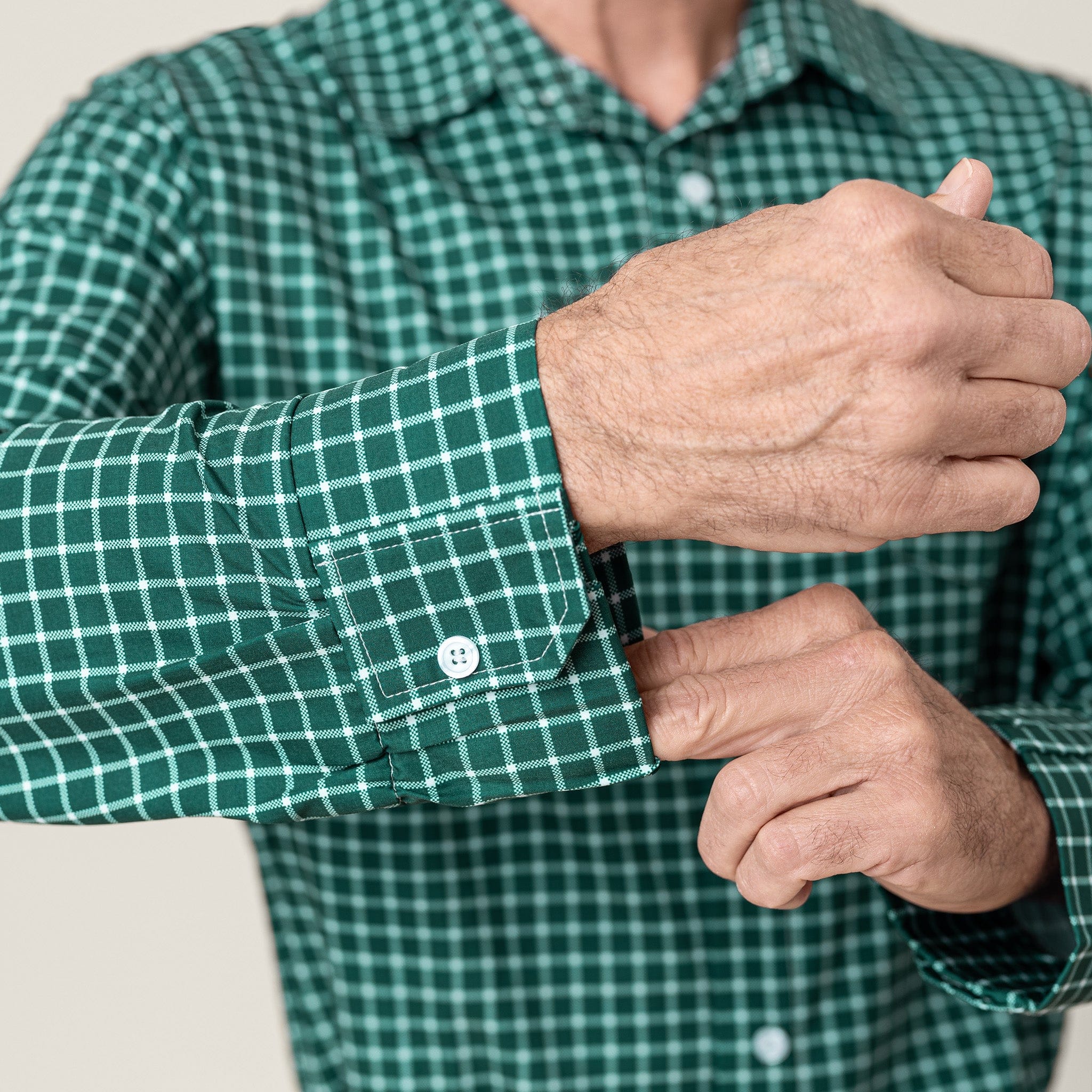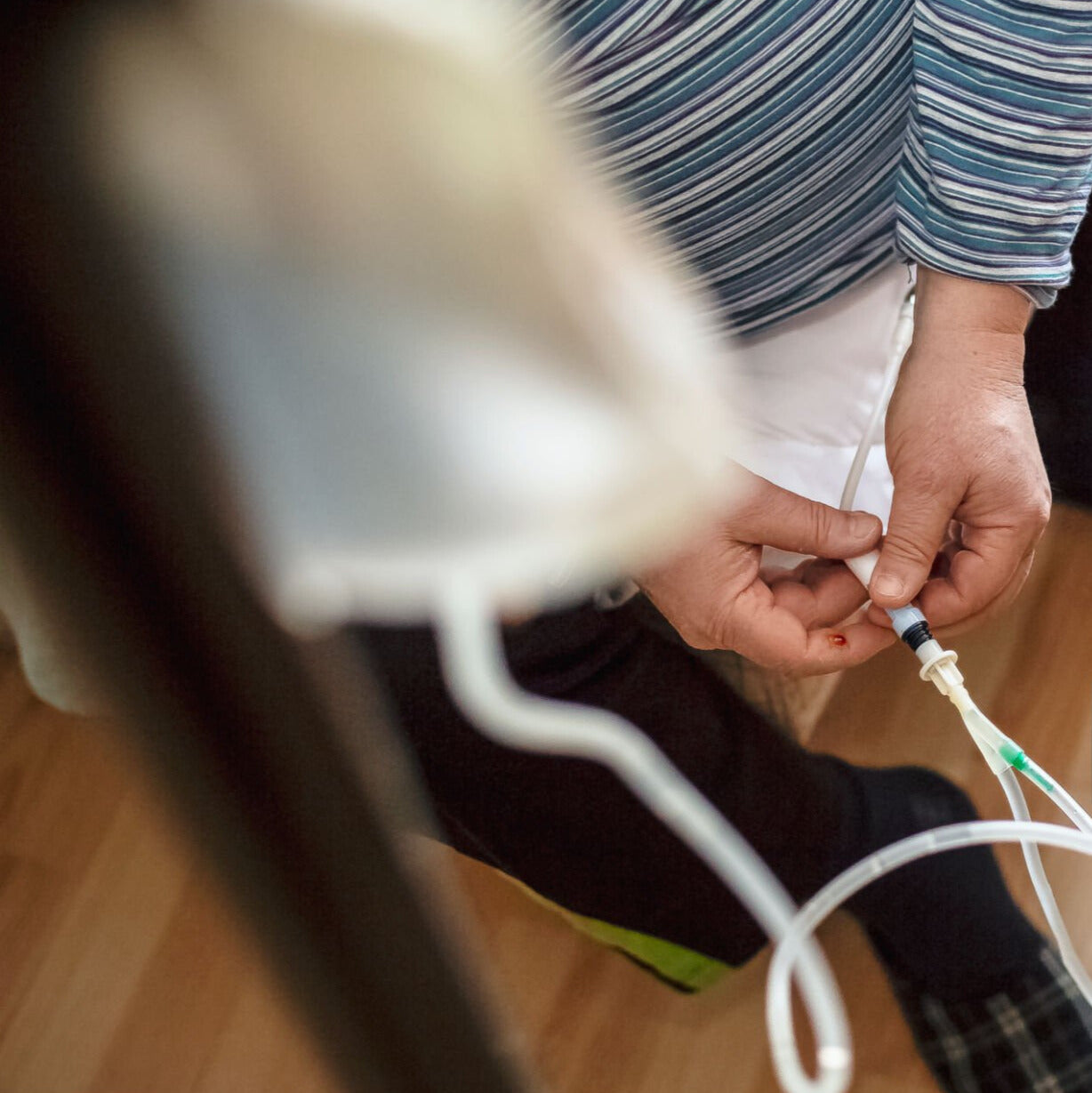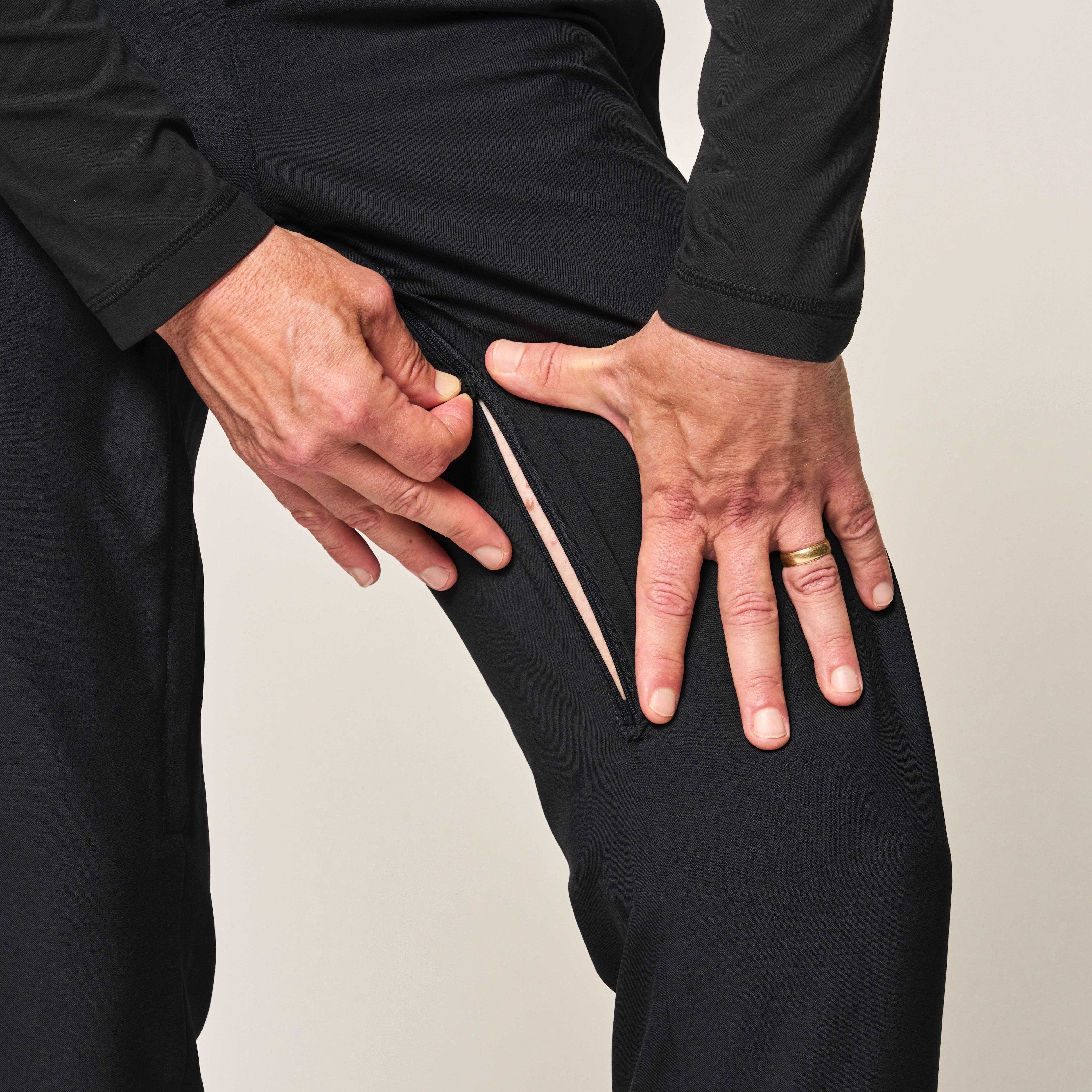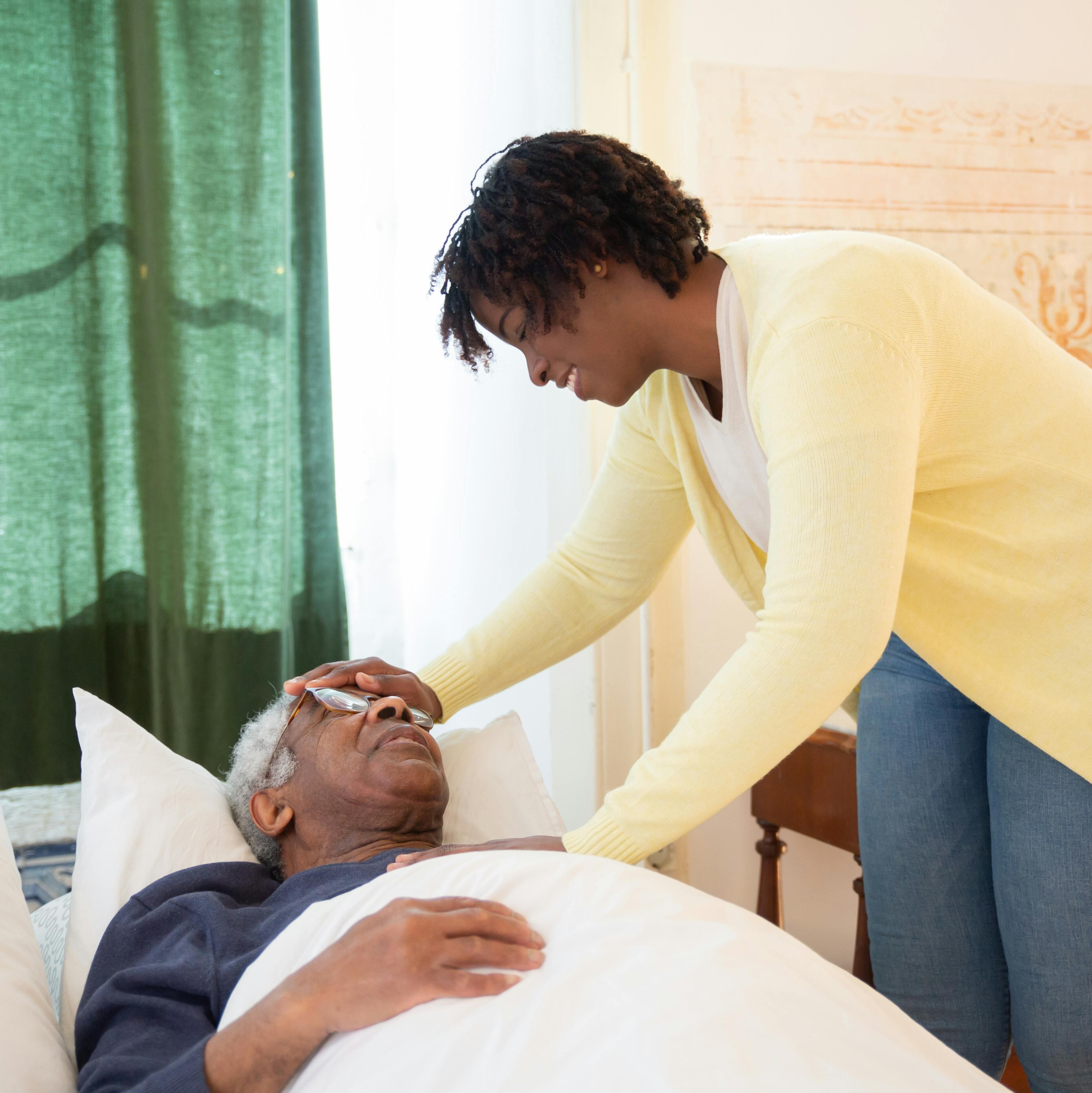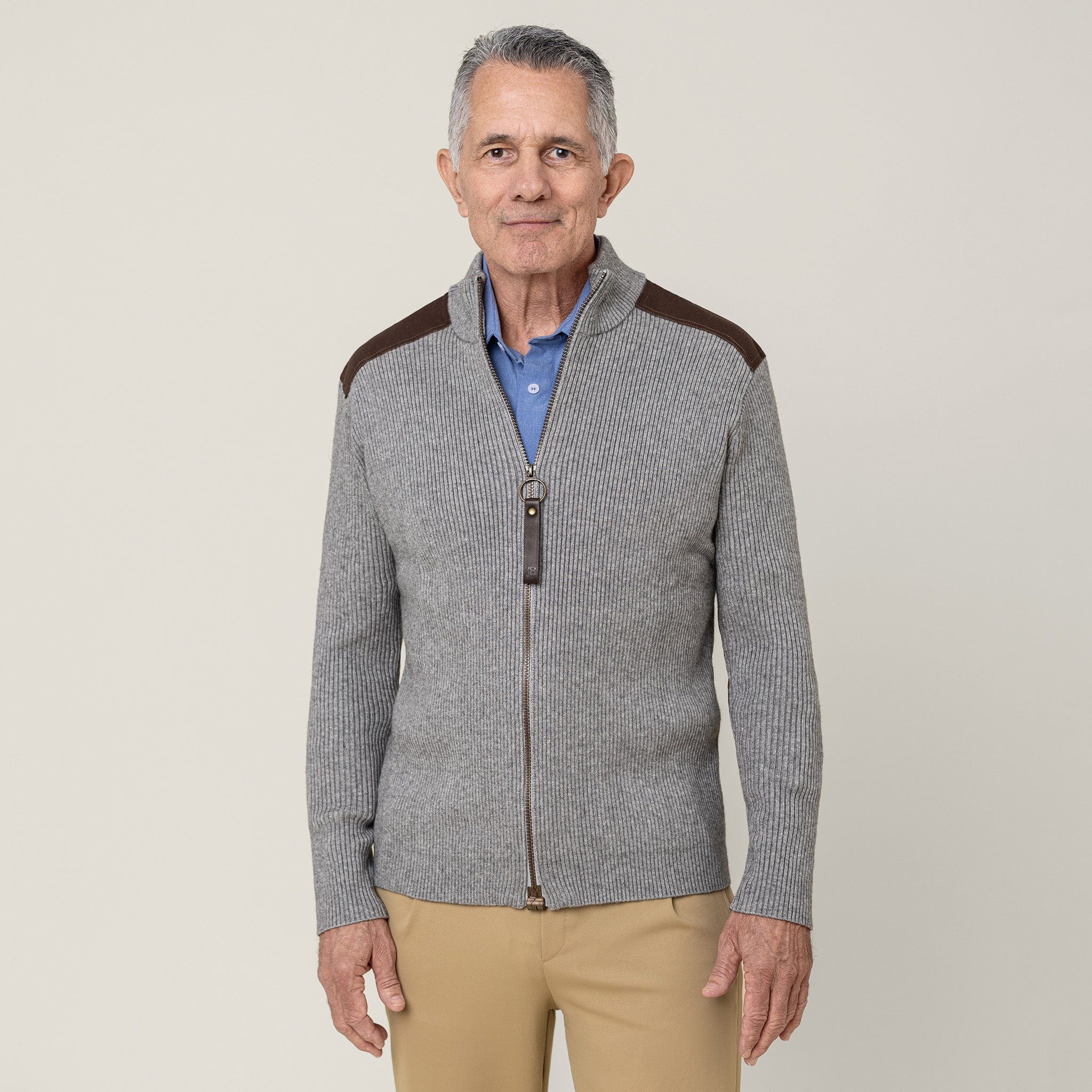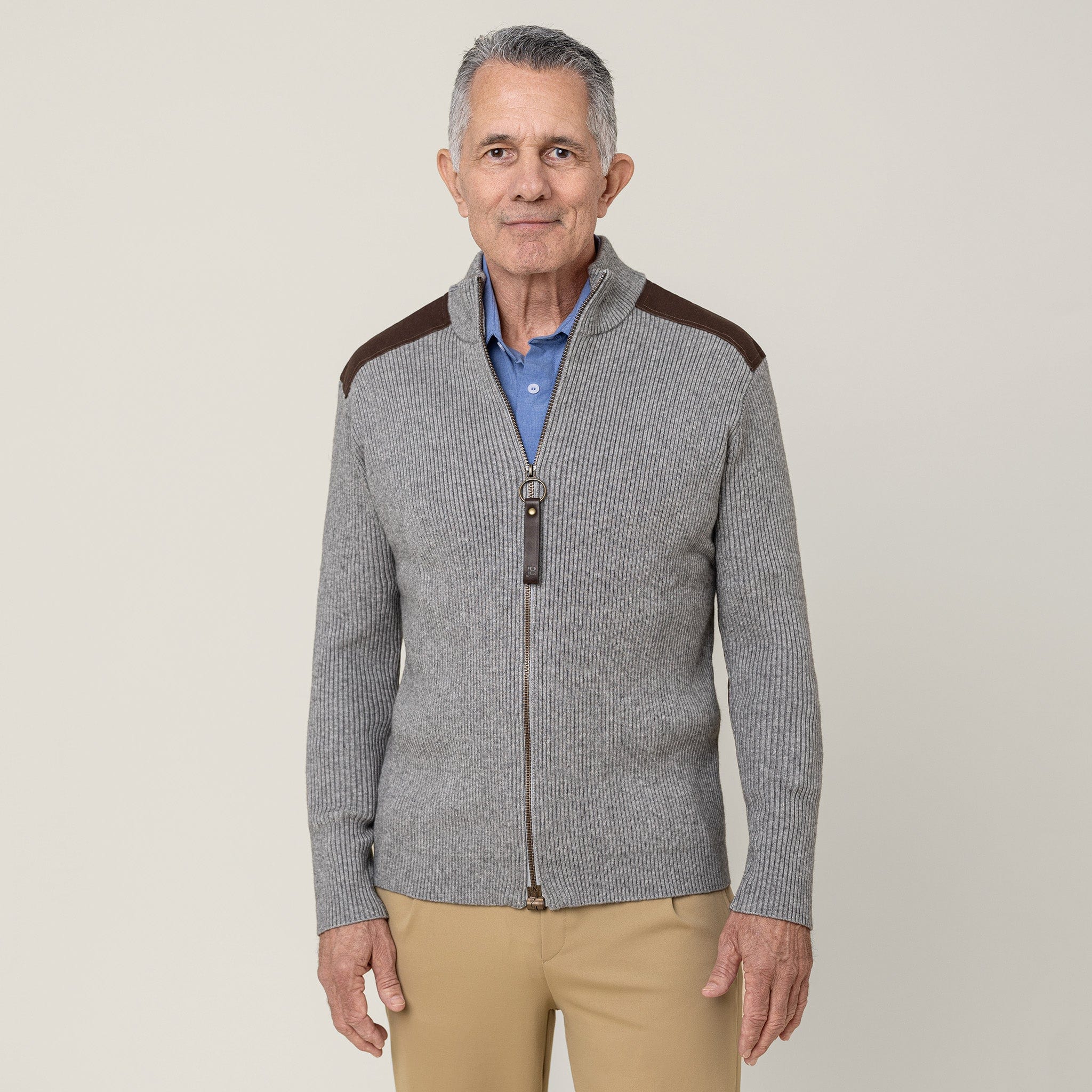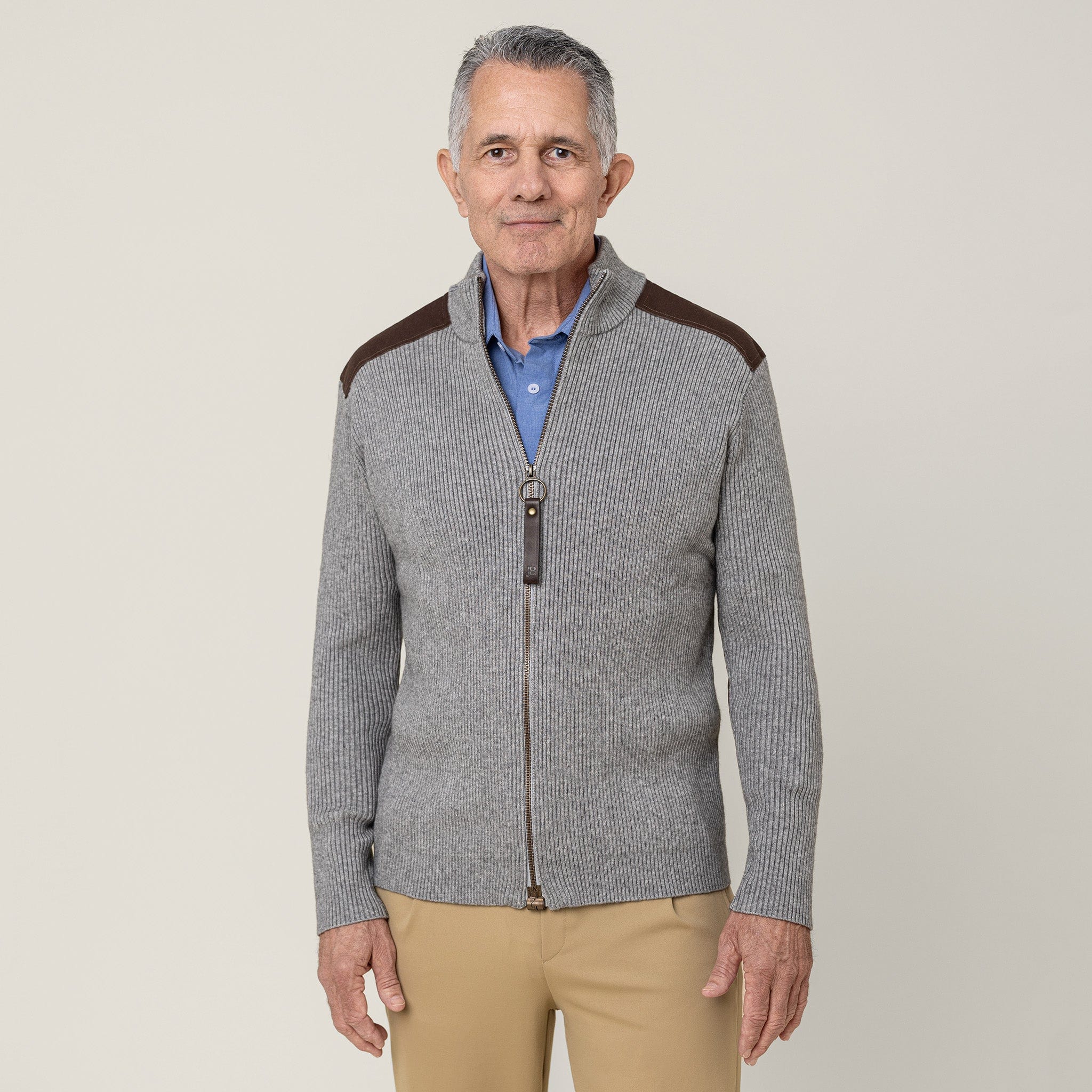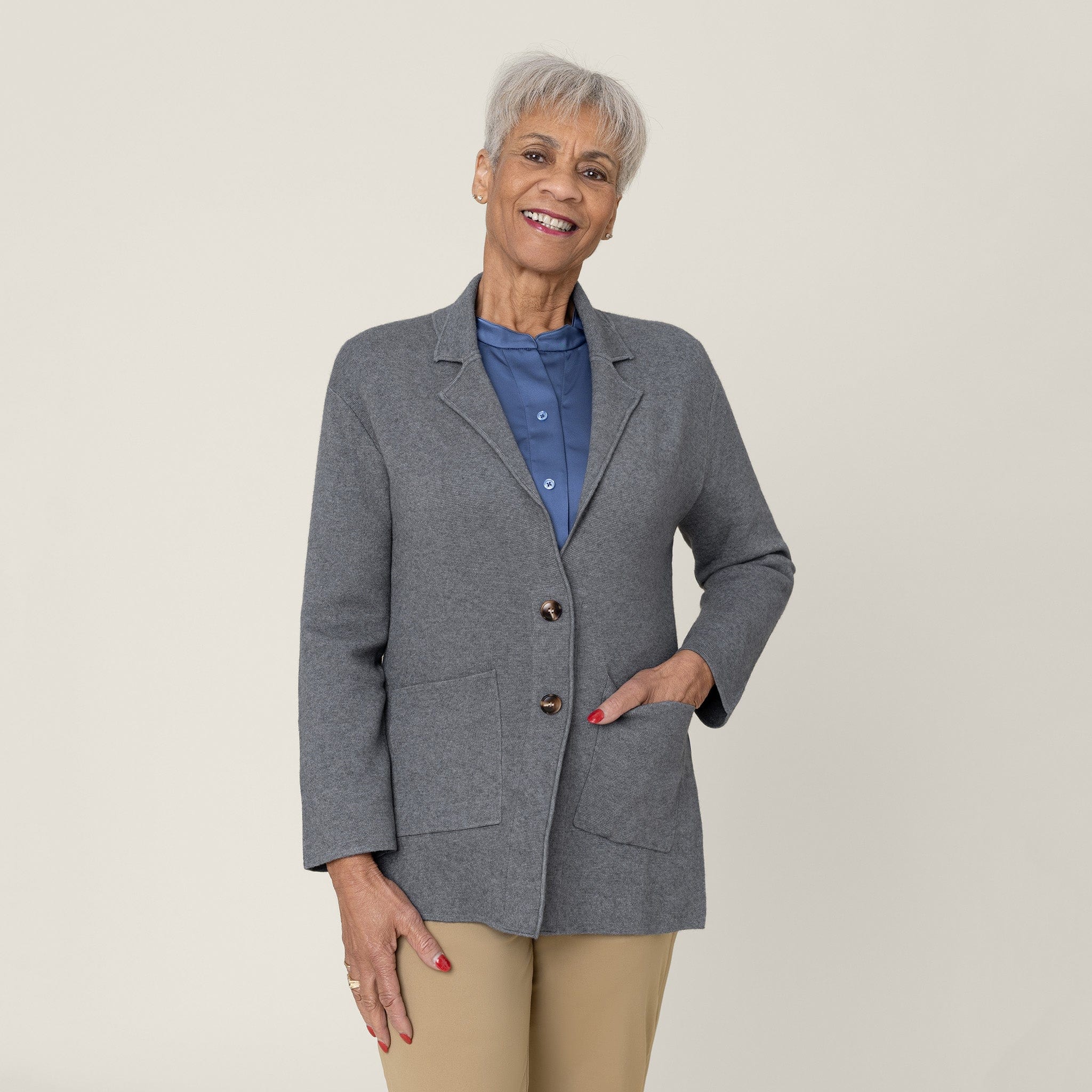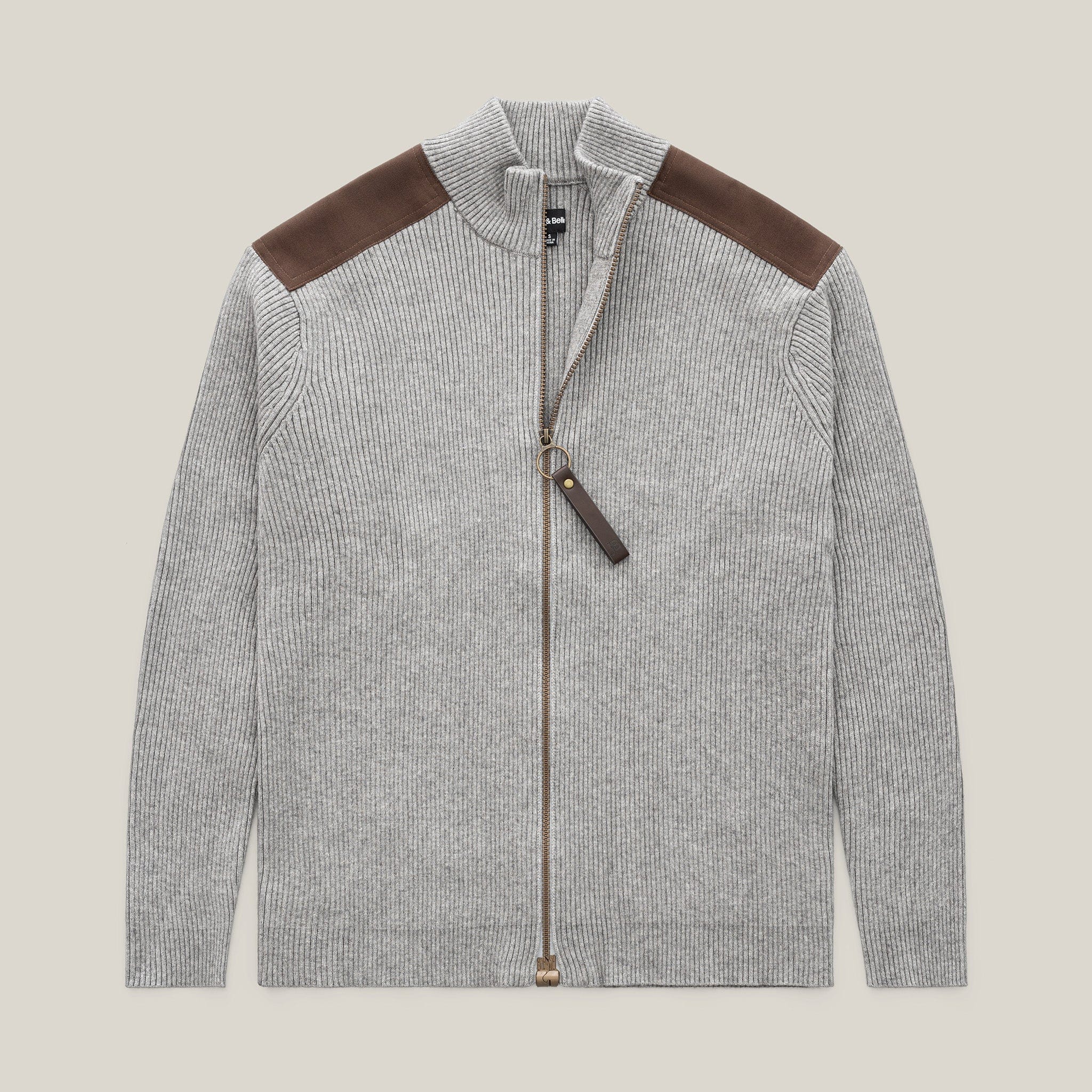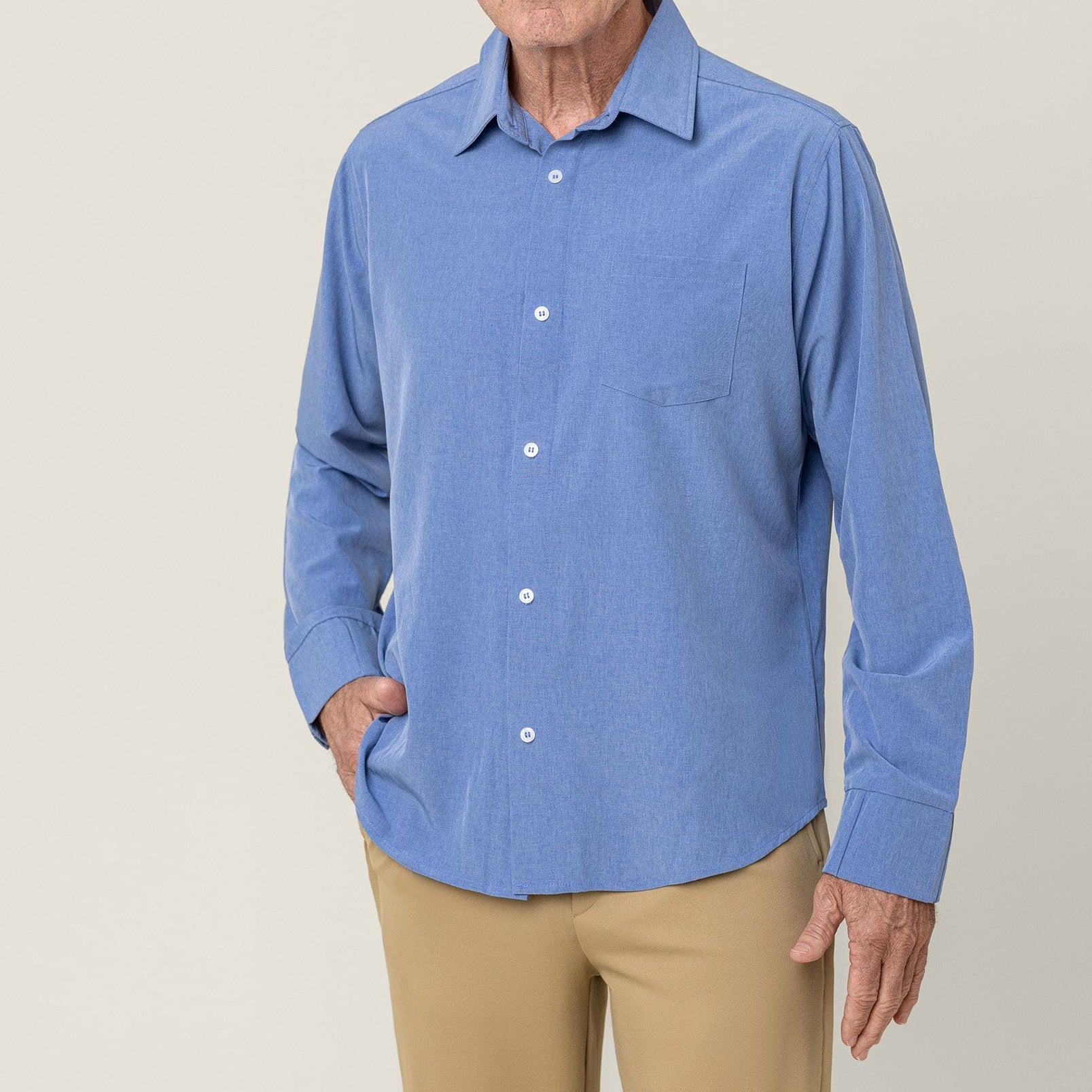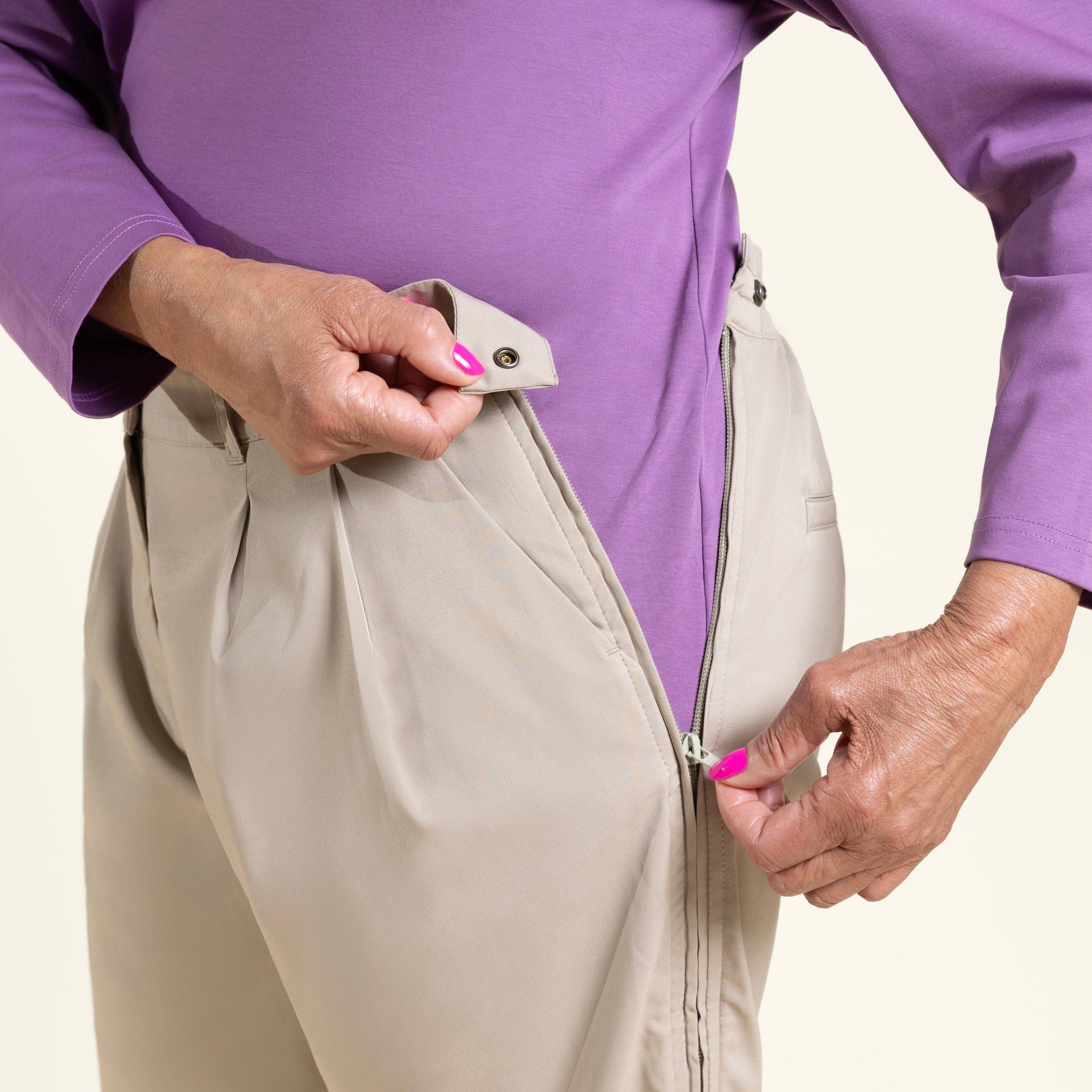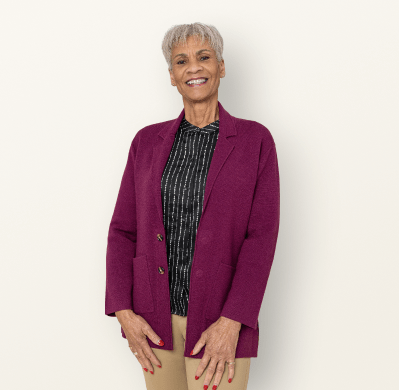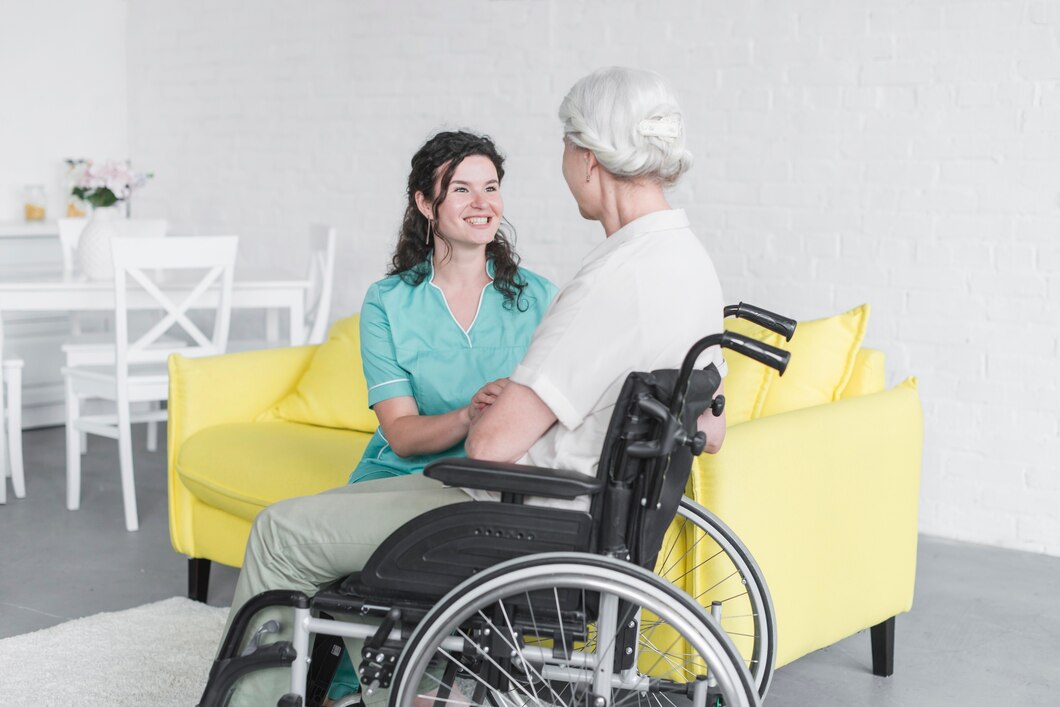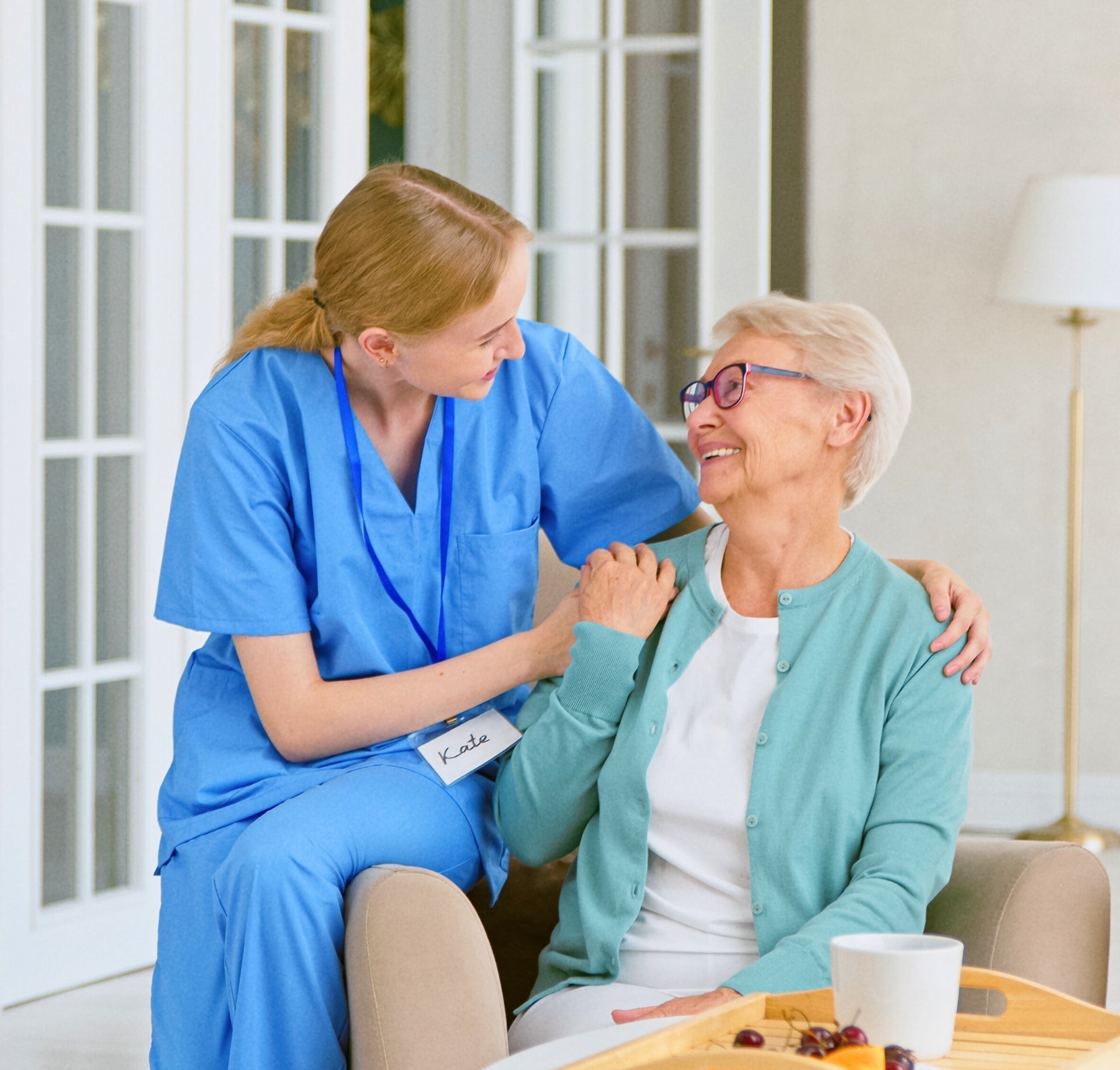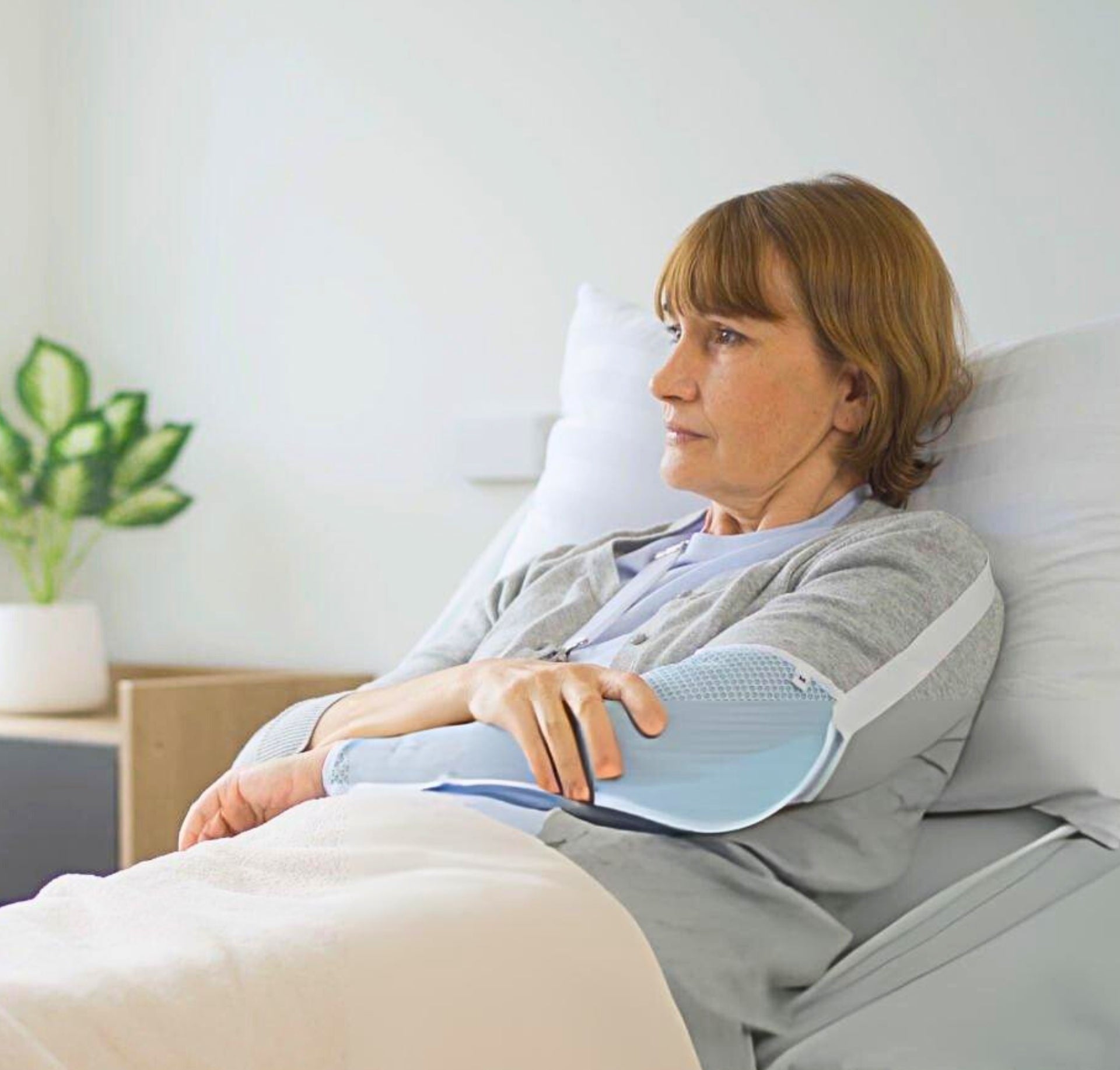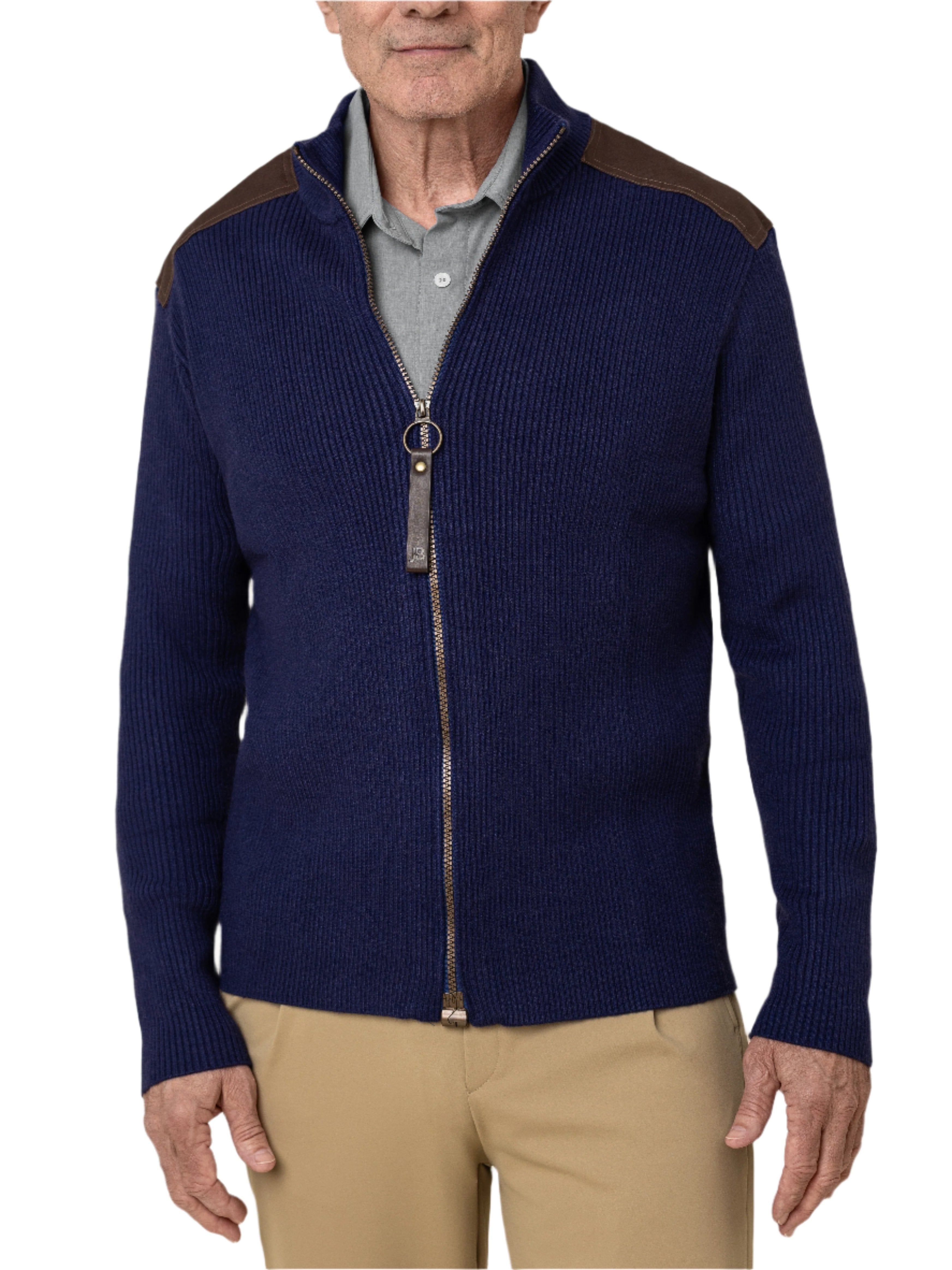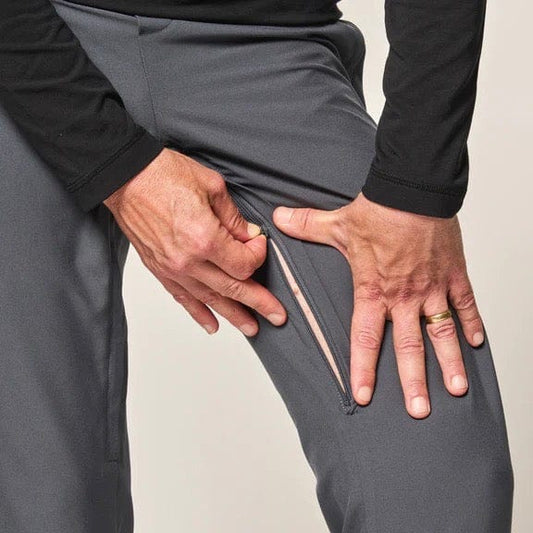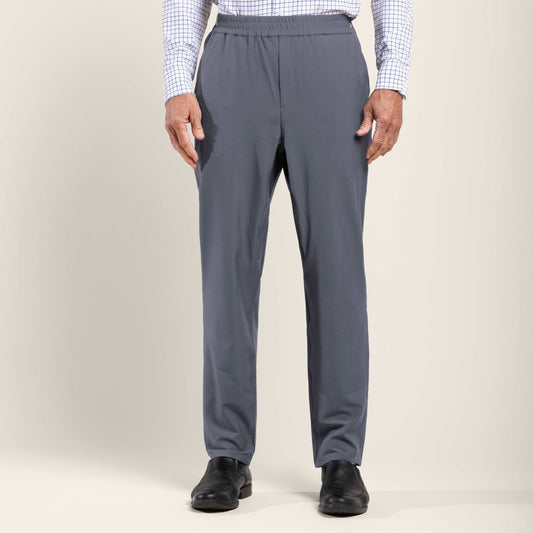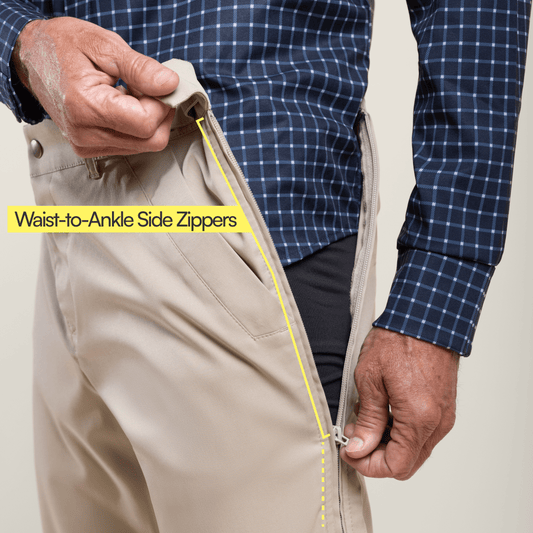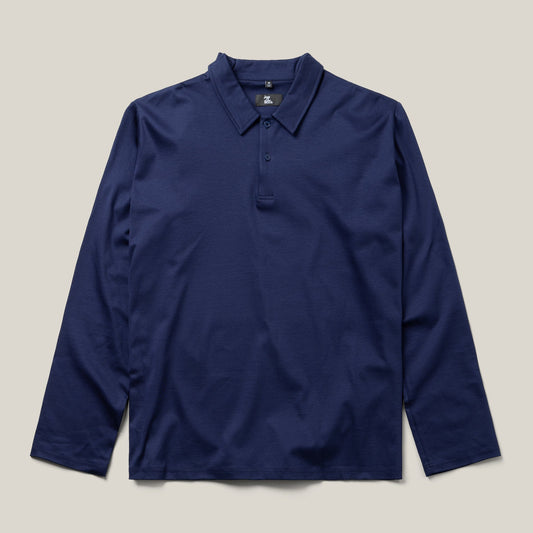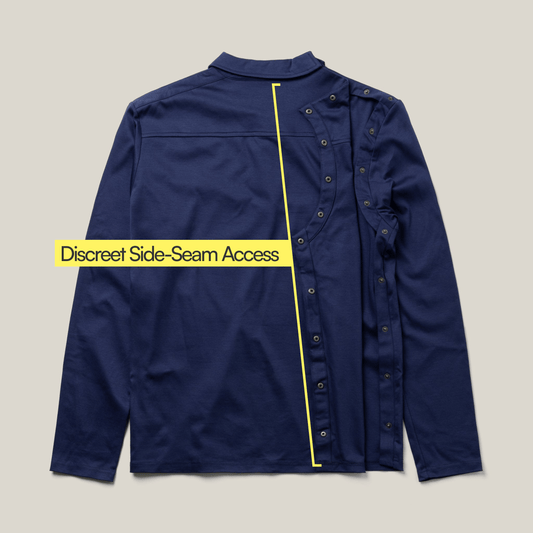When entering a hospital, either as a patient or a visitor, the question of what to wear becomes more than a matter of personal style—it's about comfort, functionality, and sometimes, necessity. For patients, hospital attire plays a pivotal role in their care and recovery process. This article delves into the significance of selecting appropriate clothing for hospital stays, catering to the diverse needs of individuals in a medical environment. If you are unsure of what to wear in hospitals, this article will help you truly understand your options so you’re prepared for a successful and comfortable hospital stay.
Importance of Appropriate Attire in Hospitals
Choosing the right attire in hospitals is crucial for several reasons. For patients, clothing must balance comfort and practicality, ensuring easy access for medical examinations and treatments. Appropriate hospital wear can significantly enhance a patient's overall comfort, promote better sleep, and potentially lead to a faster recovery. It's about creating an environment where the patient feels secure, respected, and cared for, which is essential for their mental and physical well-being.
It’s also important to understand that what you wear when walking into a hospital might not be the clothes that your medical team will want you to wear while in the hospital. During your medical procedure, you’ll likely be instructed to change into a hospital robe, and you might need to remain in one during some of your recovery. Ask your nurse before your hospital stay what you will be or not be allowed to wear so you can best prepare.
Proper Clothing for Hospital Patients
There are several different types of hospital clothing that may be appropriate for you depending on your individual situation. Here are several different types of clothing for hospital patients to consider:
Hospital Gowns
Hospital gowns are designed with patient care in mind, featuring rear or side openings to facilitate medical access. Some new innovative hospital gowns open in the front to make dressing easier and more dignified. Other variants include full-back gowns for more coverage, split-back gowns for easy access, and specialized gowns for specific treatments. These gowns are made from lightweight, breathable materials to ensure patient comfort during their stay.
While you might be used to the classic-looking hospital gown, with a split back opening and ties at the neck and waist that can often leave parts of your backside exposed, newer gowns focus on providing dignity through full coverage. Ask your medical team if you can bring your own hospital gown.
Foot Wear
Proper hospital socks are essential for safety and hygiene. Gripper socks, with their non-slip soles, provide patients with stability and warmth, reducing the risk of falls on slick hospital floors. Many hospitals provide their own gripper socks and often require you to wear them. But if you want gripper socks that are of better quality, more comfortable, even a little more stylish, then you should seek out your own options. There are plenty of premium gripper socks available, including those that come in wider width and upgraded fabric. This pair that’s linked, for example, even includes a pull-tab, making it easier to pull up your socks, even if you are experiencing reduced mobility, coordination or strength.
Adaptive Clothing for People with Special Needs
Adaptive clothing caters to patients with reduced or limited mobility or special needs, featuring closures made of Velcro, magnets or zippers. Adaptive clothes include larger openings, and soft, stretchable fabrics. Some adaptive clothing is designed specifically for those recovering from surgery or another medical procedure while other adaptive clothes are designed to provide medical staff easy access for treatment or include accommodations for medical devices like catheters and ostomy bags. This type of clothing supports independence in dressing and accommodates medical devices, making the hospital experience less stressful for patients with disabilities.
Maternity Wear
Pregnant women and obstetric patients require attire that offers comfort, flexibility, and easy access for medical assessments. Maternity hospital gowns are designed to accommodate these needs, providing support and dignity during labor and postpartum recovery.
Pregnant women will typically spend at least a couple of days in the hospital and will want the flexibility of a few different outfits. These clothes should all be super comfortable and loose fitting. You will be spending a lot of time in bed recovering from a major physical change. Yes, you might have plenty of visitors and need to take some pictures with your new precious family member, but seriously, comfort is more important than style when you’re recovering. Fortunately, there are some wonderful athleisure options available that will ensure you remain comfortable with loose-fitting elastic waistbands and large shirts while still looking great for your first pics with the new baby.
Pediatric Ward Attire
Children in hospitals have unique needs that pediatric ward attire aims to meet. From playful designs to soft, non-irritating fabrics, children's hospital clothing is crafted to provide comfort and ease during medical procedures, making the hospital environment less intimidating.
If the child does not need to wear a gown, look for soft, comfortable clothes that include minimal seams and tags to ensure no irritation on their skin. It’s not fun staying in a hospital - but their clothes can be!
Personal Preferred Clothes
Patients are often encouraged to bring personal clothing to the hospital to wear when they're not undergoing treatment. Familiar clothes can offer comfort and a sense of normalcy, aiding in the patient's overall mood and outlook. Remember, you’ll likely be prepping for or recovering from a medical procedure. Some of your favorite clothes might not be appropriate. Choose clothes that are comfortable, that are easy for you to put on and off, and give you some extra wiggle room. You might be experiencing swelling, tenderness or pain. Or you might be wearing a brace, cast or bandages. All of this will impact how your clothes fit.
Considerations for Access to Medical Devices
Hospital attire must be designed to accommodate medical devices, such as IV lines, catheters, and monitoring equipment. Clothing with adaptive features ensures that medical staff have the necessary access without compromising patient comfort. There are adaptive clothing options that include easy openings, from zippers in pants for catheters, to shirts that open in the back or on the shoulders for IV access.
Consider the Emotional Impact of Attire on Patients
The design and choice of hospital gowns impact patient dignity and self-esteem. Clothing that resembles everyday attire as closely as possible can help maintain a patient's sense of identity and contribute positively to their mental health and recovery. That’s why it’s recommended, if you are allowed, to bring your own gown that you truly feel emotionally comfortable wearing. Hospital gowns that leave your rear hanging out might not make you feel that great. So look for gowns that easily open in the front, providing you full coverage and dignity.
Consider Cultural and Religious Preference
It's important for hospitals to offer clothing options that respect a patient's cultural and religious beliefs. Modesty and specific garment requirements should be considered to ensure that all patients feel respected and accommodated. If you require specific clothing based on your cultural and religious preferences, make sure you let your medical team know ahead of time. You might have to talk over the best way for you to ensure that you’re abiding by your cultural or religious practices while also putting yourself in an environment that is conducive to receiving medical treatment.
Conclusion
The choice of what to wear in hospitals extends beyond mere clothing. It's about ensuring safety, comfort, and dignity for patients during a vulnerable time. By considering the functional, emotional, and cultural needs of individuals, hospitals can provide a more positive and supportive environment conducive to healing and recovery.






